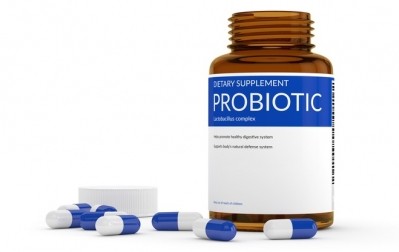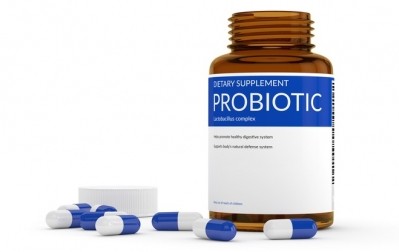IPA and ISAPP collaborate on new paper about probiotic use in at-risk populations

The paper, published in the Journal of the American Pharmacists Association, gives healthcare providers information about using probiotic dietary supplements in at-risk populations, explained Dr Mary Ellen Sanders, lead author of the paper and ISAPP’s executive science officer.
“Probiotics should be used in cases where the research shows a benefit for patient populations. But we need to work with industry to be sure that appropriate microbiological quality standards are followed for such products.”
George Paraskevakos, IPA’s executive director and co-author on the paper, added: “I think this collaboration between ISAPP and IPA is proof on how consolidation will help shed light, from an education standpoint for probiotics in segments which matter most, the end users. A targeted focus is needed to help communicate the message of the ultimate benefits and new found research for probiotic usage.
“Industry is on board, moving forward it is our objective to bring these segments on board as well. IPA will continue to provide value to the sector within its current base but will also be lending more focus towards the end user side in 2017 and hopes that more collaborations such as this will help spread the knowledge and good word.”
Recommendations
The authors explained that in many markets, including the US, probiotics are marketed as dietary supplements, which are subject to different manufacturing and quality control standards than drugs. However, the products are increasingly being used clinically, and the medical community therefore needs to be assured of the safety of the probiotic products, particularly when used in at-risk populations.
“Pharmacists should work with probiotic suppliers to ensure that probiotics that are stocked or recommended can be verified to meet high-quality manufacturing standards,” wrote the authors.
The paper details a number of recommendations for pharmacists, including:
1. GMPs: Pharmacists should request copies of certificates of analysis that includes appropriate microbiological standards
2. Pathogen or toxin testing: This may be necessary in specific populations, like pregnant women, wrote the authors. “In addition, GMPs require that the manufacturer consider the production process and define microbes of concern. These concerns may differ among products, depending on ingredients used.”

3. Guidance: Organizations such as NSF International and USP and some government authorities may be able to provide appropriate guidance on standards for safe use for at-risk populations, and pharmacists should verify that products are manufactured to those standards.
4. Third-party verification: Rigorous third-party verification processes should significantly increase confidence in the safety of probiotic products, said the authors.
5. Potential contraindications: Caution should be exercised if using probiotic products in immune-compromised patients, such as those with AIDS, lymphoma, short bowel syndrome, or severe pancreatitis or those undergoing long-term corticosteroid treatment, said the authors.
“The gut microbiota was recently shown to affect drug uptake and disease treatment efficacy. It has not been shown that such a risk occurs with probiotic use, but this may be a topic for future research,” they added.
Collaboration
This is the first collaboration between ISAPP and IPA, and Paraskevakos said to expect more. “It was a pleasure to collaborate with Mary Ellen and ISAPP on this article, and we’re looking forward to a second collaboration regarding probiotics and emerging terms within the sector; stay tuned.”
Source: Journal of the American Pharmacists Association
November–December 2016, Volume 56, Issue 6, Pages 680–686, doi: 10.1016/j.japh.2016.07.001
“Probiotic use in at-risk populations”
Authors: M.E. Sanders, D.J. Merenstein, A.C. Ouwehand, G. Reid, S. Salminen, M.D. Cabana, G. Paraskevakos, G. Leyer










